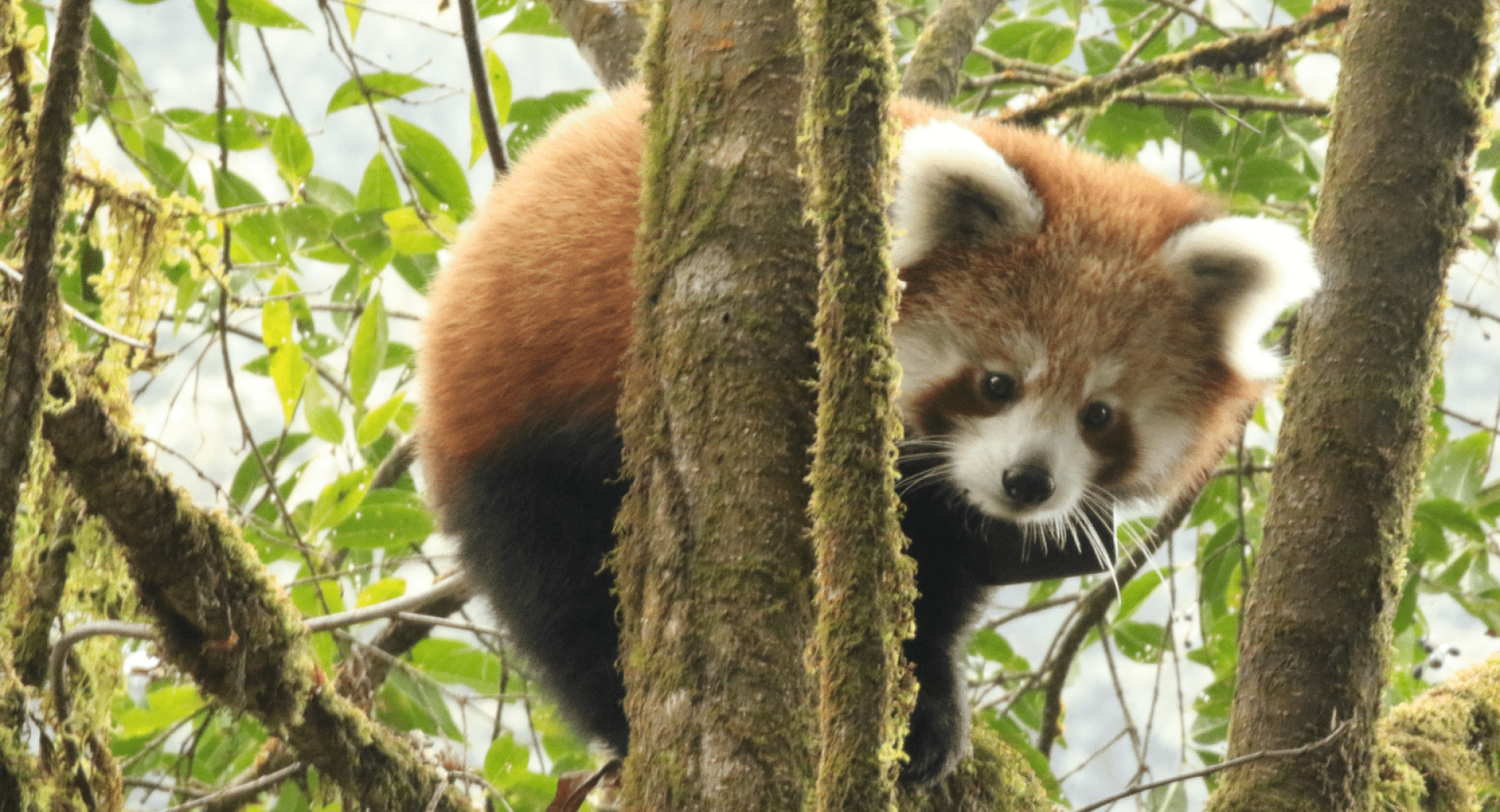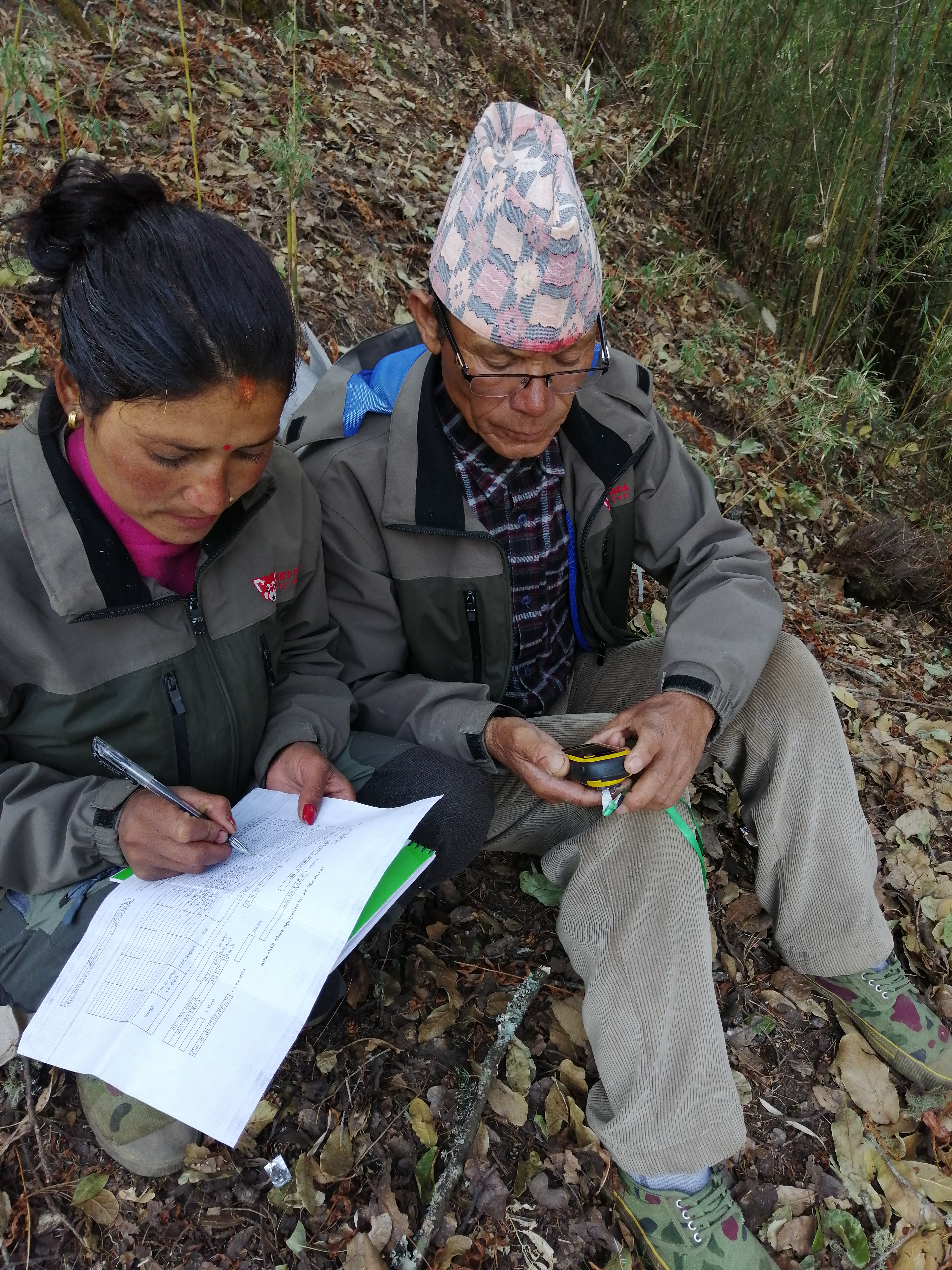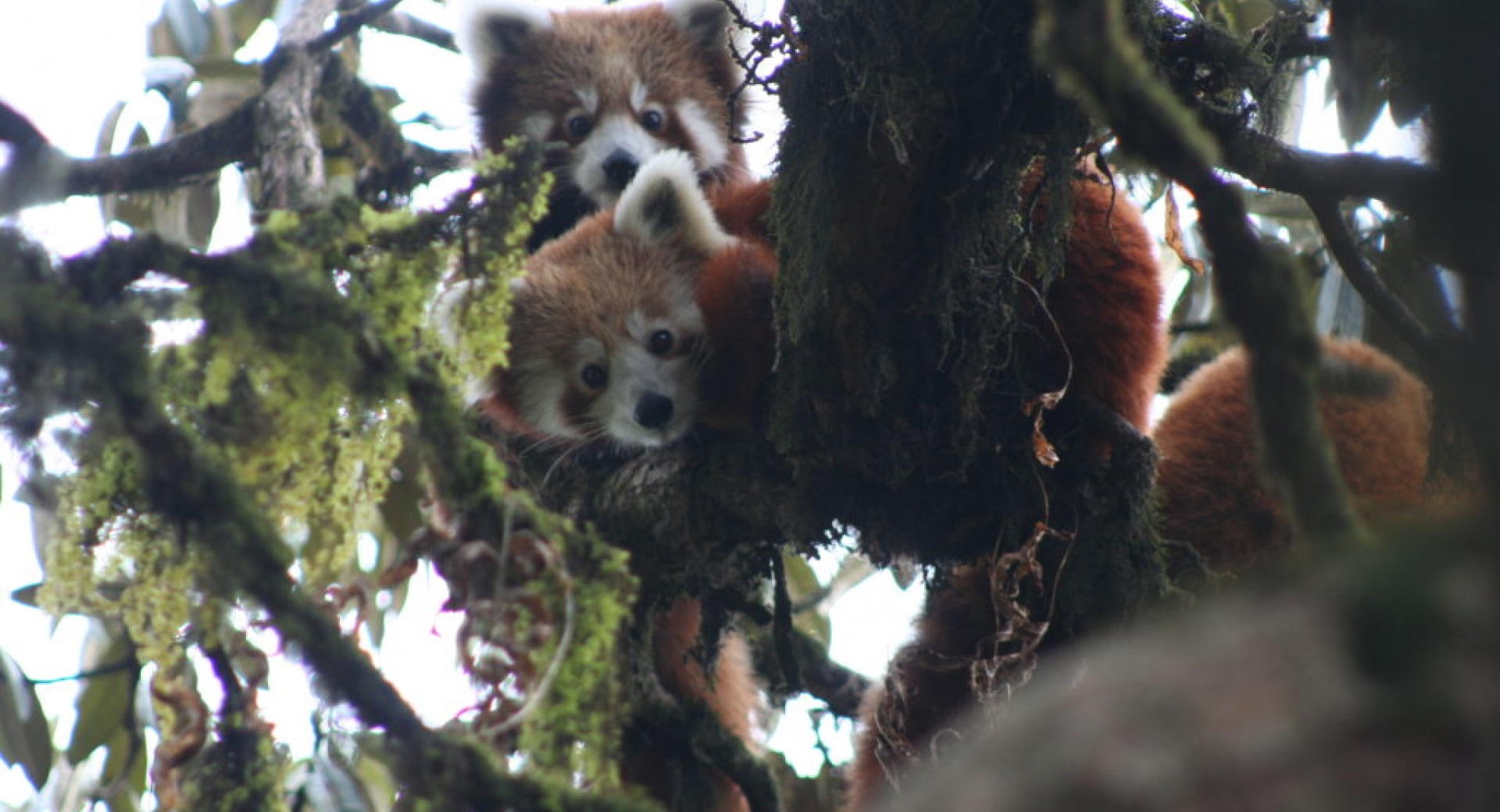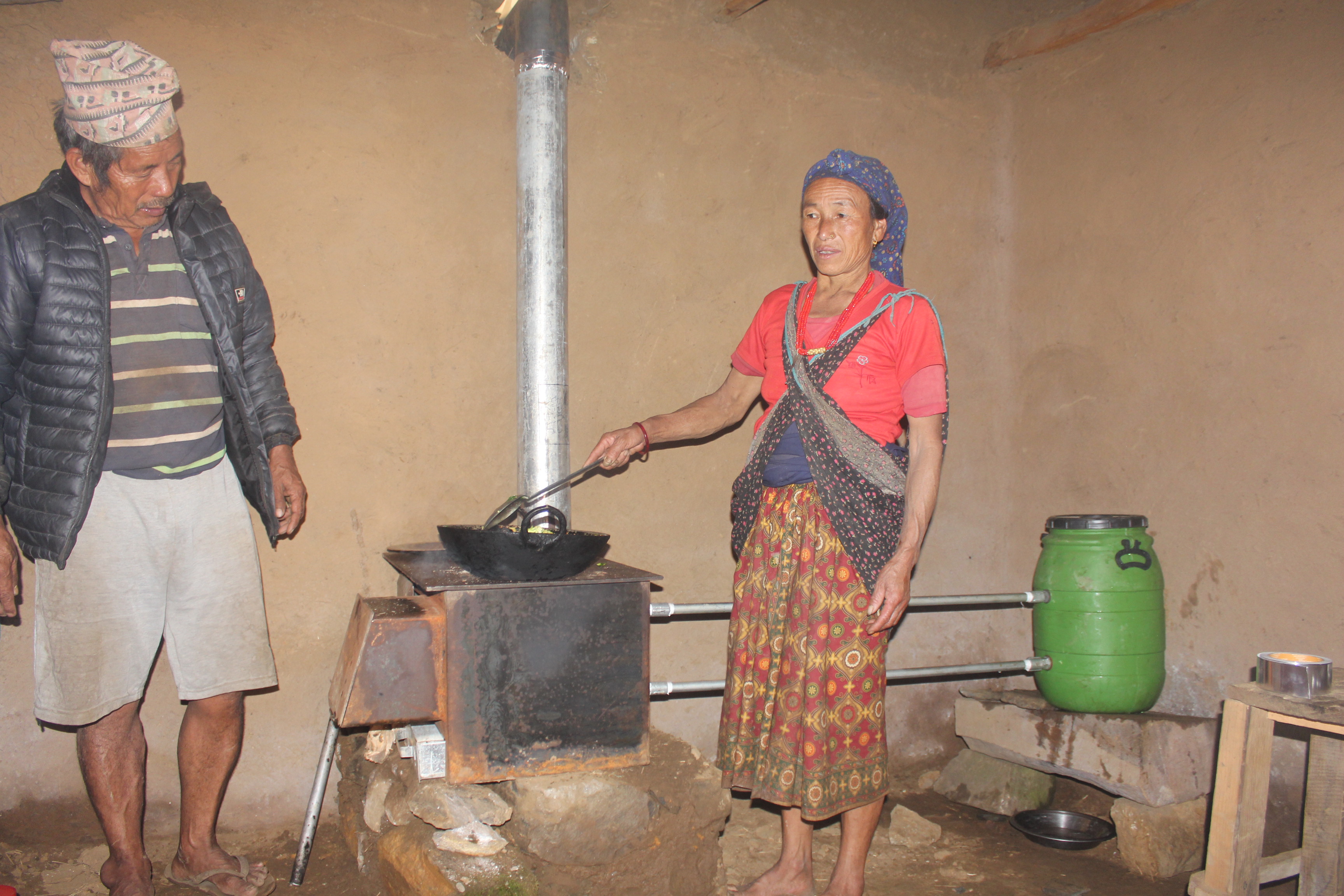Press Release: Evidence of Growing Red Panda Numbers in Nepal

> Download a PDF of the Press Release
Kathmandu, Nepal — A recent study by Red Panda Network (RPN) has confirmed the growth of the red panda population in the Panchthar-Ilam-Taplejung (PIT) corridor of eastern Nepal. This finding provides compelling proof that community-based conservation is working in the region, giving new hope to a critically endangered species.
The forests of the PIT corridor are unprotected, managed by the local community, and home to approximately 25% of Nepal’s red panda population. The study shows that red pandas have gone from making their home in 88% of the PIT corridor in 2011 to inhabiting 93% of the region in 2019. The likelihood of a scientist detecting a red panda in the PIT corridor also rose from 36% to 54%. These discoveries strongly suggest that red panda numbers are improving.
The data in the study was collected by RPN Forest Guardians who are citizen scientists and conservation advocates that live in the same area as red pandas. They are trained in a variety of methods of population tracking: directly sighting red pandas, searching for scat and latrine sites, finding claw and bite marks in bamboo and other plants, and keeping an eye out for fur that has been shed.
 Forest Guardians monitoring red panda habitat in Nepal. © RPN
Forest Guardians monitoring red panda habitat in Nepal. © RPN
These various tracking methods are essential as red pandas are incredibly elusive animals. They often sit still high up in trees; the coloration of their coat blends in with the mosses that grow in the area, helping red pandas camouflage and remain unseen. While this protects them from predators, it also makes finding specimens and counting the population more challenging.
This study is incredibly exciting, as it confirms anecdotal evidence that red panda populations have been increasing. In 2019, more pandas than ever were seen on RPN ecotrips in Nepal. RPN ecotrips are a chance for travelers to visit Nepal and experience the culture and beauty of the region, while also observing red pandas in the wild. Ecotrips do more than provide an amazing experience for travelers. They also support RPN conservation efforts in Nepal and provide additional, economic incentives to local communities to protect the species. Of course, the pandas are not disturbed on these trips, and much care is taken to track the animals without causing them stress or harm.
 Red panda cubs photographed during November 2019 ecotrip in PIT corridor. © RPN
Red panda cubs photographed during November 2019 ecotrip in PIT corridor. © RPN
Beyond providing uplifting news for red panda enthusiasts around the world, this study also provides hope for other endangered species. Damber Bista, a Ph.D. candidate who has worked with RPN in the past, says that an “increase in habitat specialist species like red pandas is an indicator of improved habitat and reduced mortality due to external threats like poaching. In the PIT case, the community-based conservation program has led to this rise in sightings and occupancy rate of red pandas which show that the implemented conservation model suits well for red pandas and other similar species.” RPN is clearly providing a successful model of conservation for other organizations to follow.
It is also important to note that the community-based conservation method used by RPN is not just helping red pandas. RPN helps provide a living, and improved living conditions, for Forest Guardians and other people who live in the region who benefit from sustainable livelihood programs. “We have invested more than a decade in mentoring, empowering and engaging the community in red panda conservation which made it possible for us to be where we are now,” states Sonam Tashi Lama, RPN’s Program Coordinator in Nepal.
An improved cookstove we helped provide and install for a local family living in Nepal's red panda range. © RPN
Along with helping humans, RPN is also saving other species by protecting red panda habitat. Red pandas are known as an “umbrella species”. This means their conservation has landscape-level impacts; it extends to other species who inhabit the same forests as red pandas, which includes clouded leopards, Himalayan black bears, and pangolins—the most trafficked animal on Earth.
Red pandas have also been identified as an indicator species: their presence and abundance can help us understand the ecological health of a region. Red panda populations being on the rise in the PIT corridor means that RPN is not only providing a safe space for pandas (and the other species under their umbrella) but are also improving the biological conditions of the ecosystem they depend on for survival.
While the findings of this study are encouraging, RPN is nowhere near done. Ten red pandas in the PIT corridor have been tagged with GPS-satellite collars which will provide an unprecedented amount of information on movement, social behaviors, and interactions with humans and other disturbances in the area.
Jon Rossi
Writing and Communications Volunteer
Red Panda Network
For more information
Contact: Sonam Tashi Lama, Program Coordinator, Mobile: +977 9841843968, Email: sonam.lama@redpandanetwork.org
Order: Red Panda: Biology and Conservation of the First Panda, Second Edition. RPN members get 30% off! Contact info@redpandanetwork.org to receive discount.
Print and broadcast media contact:
Terrance Fleming (877) 854-2391 Ext. 101, terrance@redpandanetwork.org
Red Panda Network protects wild red pandas and their habitat through the education and empowerment of local communities. Learn more about our work at www.redpandanetwork.org.

